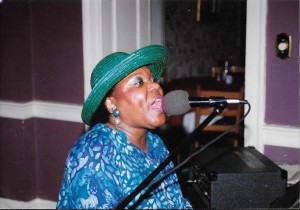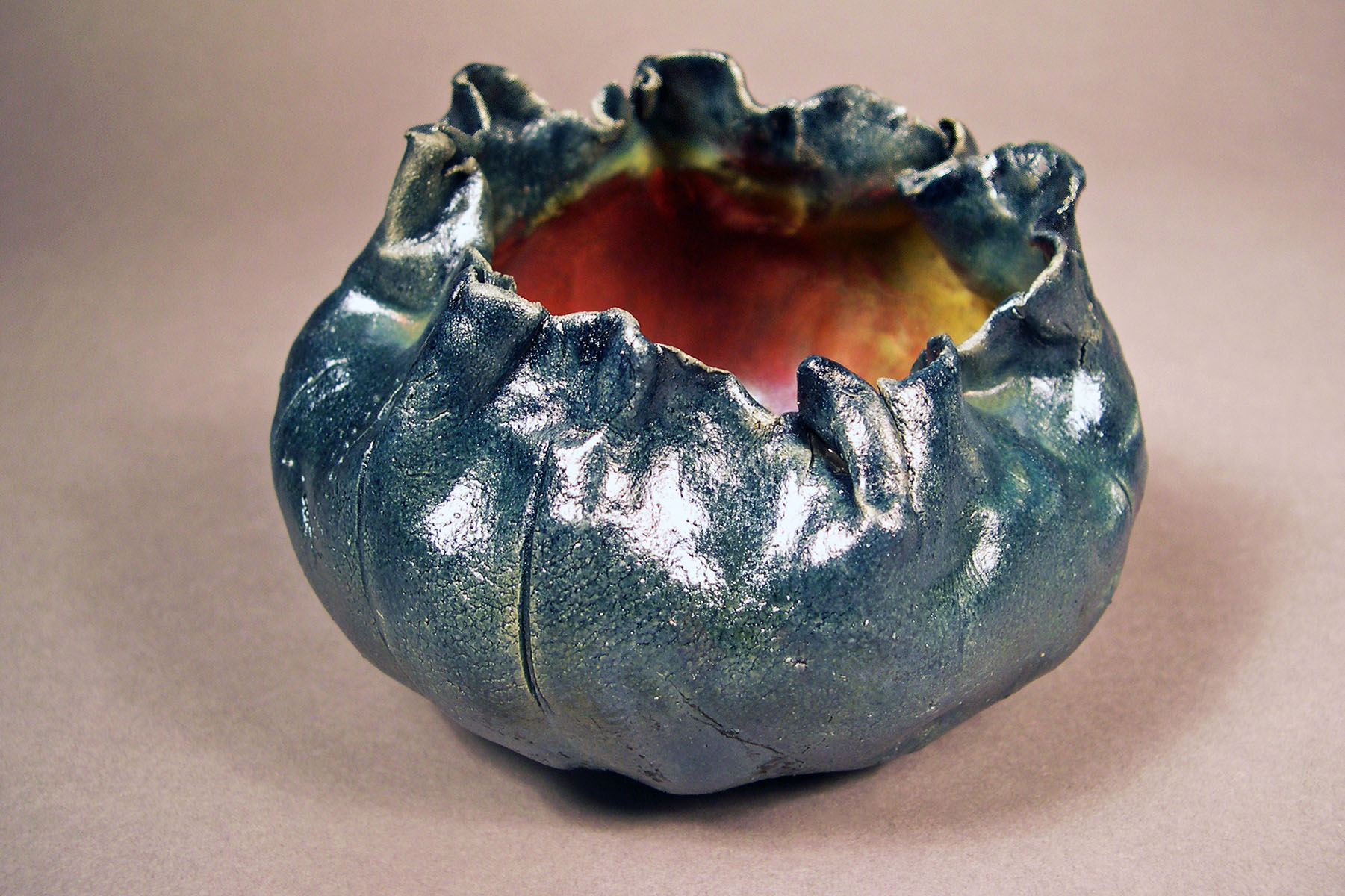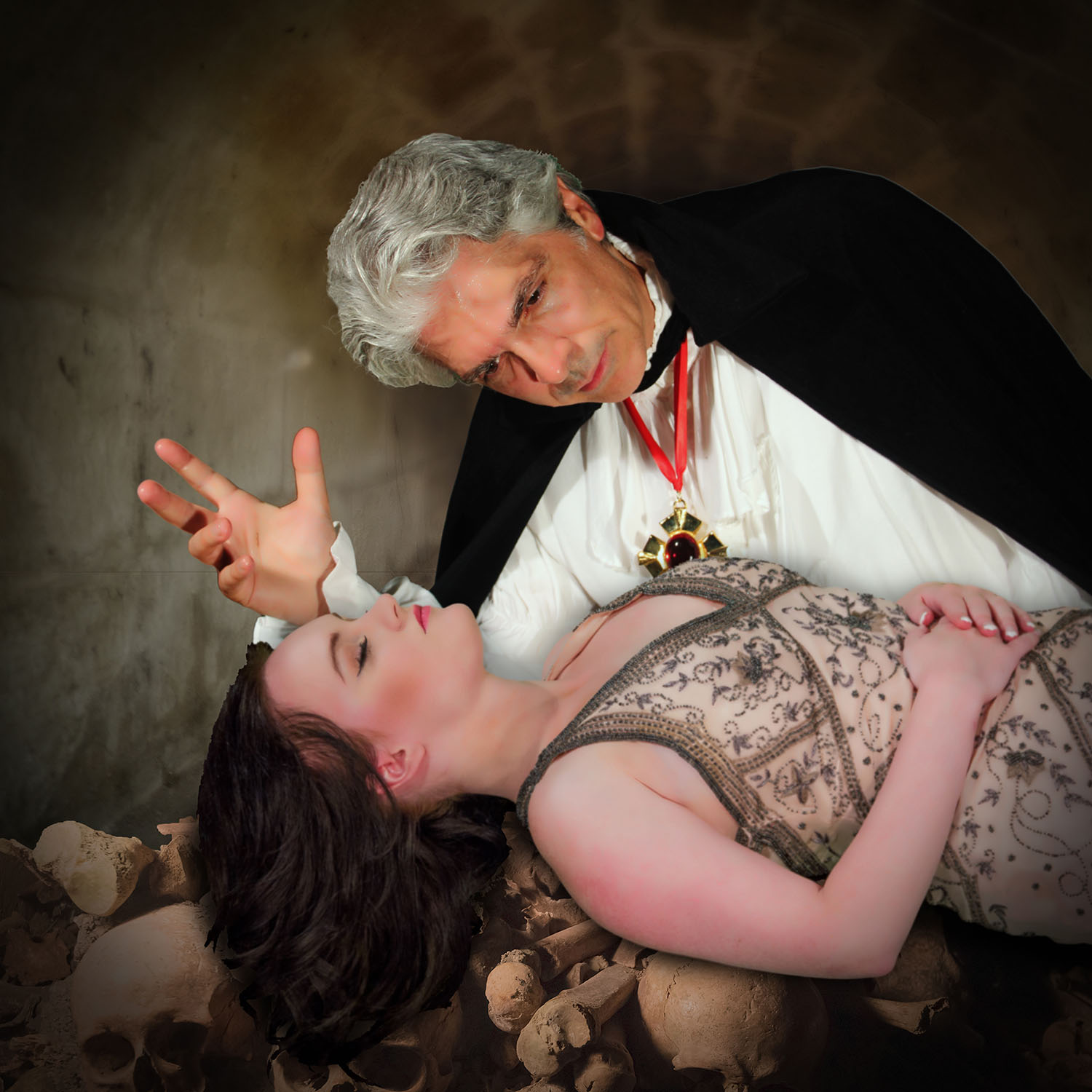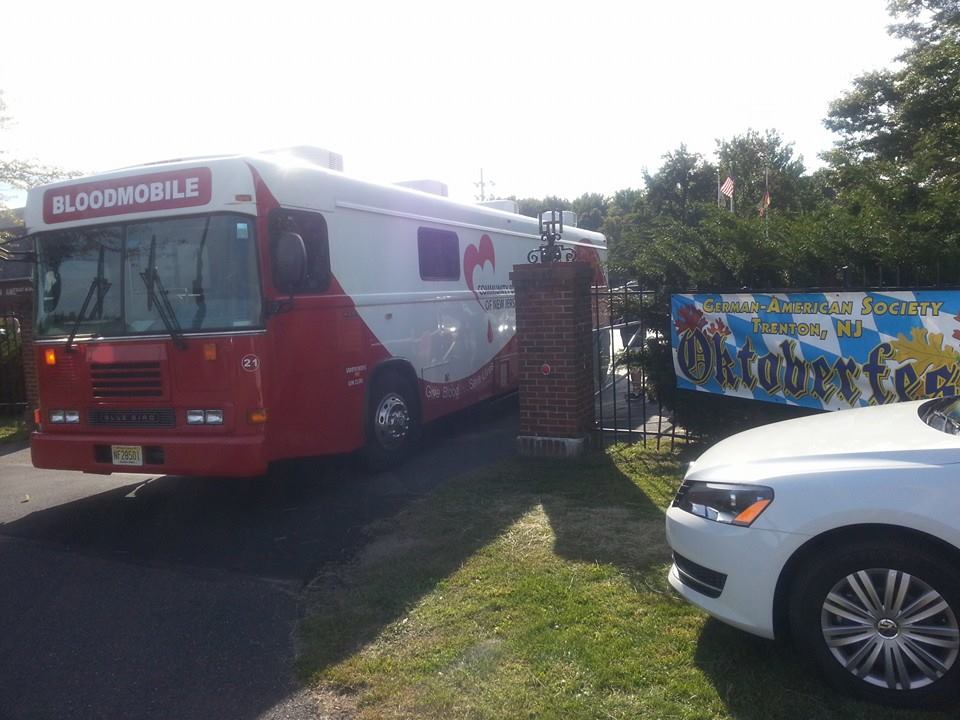Topic: COMMUNITY INTEREST

When being proactive can save a life
Why did they wait?
By Tammy Duffy
From mid-August to October 6, 2014, CDC and state public health laboratories have confirmed a total of 538 people in 43 states and the District of Columbia with respiratory illness caused by EV-D68.
" On August 19, 2014, CDC was notified by Children's Mercy Hospital in Kansas City, Missouri, of an increase (relative to the same period in previous years) in patients examined and hospitalized with severe respiratory illness, including some admitted to the pediatric intensive care unit. An increase also was noted in detections of rhinovirus/enterovirus by a multiplex polymerase chain reaction assay in nasopharyngeal specimens obtained during August 5–19. On August 23, CDC was notified by the University of Chicago Medicine Comer Children's Hospital in Illinois of an increase in patients similar to those seen in Kansas City. To further characterize these two geographically distinct observations, nasopharyngeal specimens from most of the patients with recent onset of severe symptoms from both facilities were sequenced by the CDC Picornavirus Laboratory.
Enterovirus D68* (EV-D68) was identified in 19 of 22 specimens from Kansas City and in 11 of 14 specimens from Chicago. Since these initial reports, admissions for severe respiratory illness have continued at both facilities at rates higher than expected for this time of year. Investigations into suspected clusters in other jurisdictions are ongoing.
Of the 19 patients from Kansas City in whom EV-D68 was confirmed, 10 (53%) were male, and ages ranged from 6 weeks to 16 years (median = 4 years). Thirteen patients (68%) had a previous history of asthma or wheezing, and six patients (32%) had no underlying respiratory illness. All patients had difficulty breathing and hypoxemia, and four (21%) also had wheezing. Notably, only five patients (26%) were febrile. All patients were admitted to the pediatric intensive care unit, and four required bilevel positive airway pressure ventilation. Chest radiographs showed perihilar infiltrates, often with atelectasis. Neither chest radiographs nor blood cultures were consistent with bacterial coinfection.
Of the 11 patients from Chicago in whom EV-D68 was confirmed, nine patients were female, and ages ranged from 20 months to 15 years (median = 5 years). Eight patients (73%) had a previous history of asthma or wheezing. Notably, only two patients (18%) were febrile. Ten patients were admitted to the pediatric intensive care unit for respiratory distress; two required mechanical ventilation (one of whom also received extracorporeal membrane oxygenation), and two required bilevel positive airway pressure ventilation.
Enteroviruses are associated with various clinical symptoms, including mild respiratory illness, febrile rash illness, and neurologic illness, such as aseptic meningitis and encephalitis. EV-D68, however, primarily causes respiratory illness (1), although the full spectrum of disease remains unclear. EV-D68 is identified using molecular techniques at a limited number of laboratories in the United States. Enterovirus infections, including EV-D68, are not reportable, but laboratory detections of enterovirus and parechovirus types are reported voluntarily to the National Enterovirus Surveillance System, which is managed by CDC. Participating laboratories are encouraged to report monthly summaries of virus type, specimen type, and collection date." (Source:CDC)
The first case of EV-D68 in NJ was not reported until September 17,2014. A full month after the virus showed itself to the USA. It should have been no surprise for the township of Hamilton that Enterovirus D68 could touch its residents. Unfortunately, it appears to be been a total surprise for them. It was not until the death of Eli did the school district and Health Department implement rigorous cleaning of the school. At a press conference this weekend when the Township of Hamilton leadership was asked did they go into the community to see where Eli could have gotten the virus, they responded with, ”Its not part of our procedure to do that.” There is no documented evidence that Eli got Ev-D68 at the school. He could have gotten it at a restaurant, a movie theater, a daycare, a public restroom anywhere. The virus according to Mr. Plunket can live on surfaces for 24 hours.
There have only been robocalls sent to the parents of local schools, not all the schools and not to all the residents. This is quite disturbing due to the fact there should be information shared with the entire community. There needs to be a vigilance. How does the township robocaller know that I have not been babysitting a kid who goes to the school for a month. If I am not called as well as a resident of the community, I would not know what is going on unless I am watching the news. This is not the way this information should be shared with the community.
EV D68 is NOT just a childhood disease. Adults, teenagers and children can fall victim to this virus. It is absolutely imperative that EVERYONE is vigilant with cleaning, how we interact with others, how we observe each others and react to those observations and how we sneeze and cough. Adults CAN get it (however adults do build up an immunity once you get it as an adult) and give it to their own kids, teenagers, etc. It is NOT just a disease that kids get. If you or your kids are asthmatic or have compromised immune systems in some way, you much be extra vigilant. I spoke with Senator Greenstein last evening and she will be setting up a meeting with the health department to offer her assistance to remove obstacles for them. I hope the normal bipartisan agendas that exist by the leadership can be put aside and they allow her to help. At the press conference last evening they refused to even acknowledge and announce her presence at the meeting. There is no doubt the family members there would have loved to know that the Honorable US Senator, Linda Greenstein was in the audience. There to support them. The township leadership also did this at the inauguration of the mayor, they chose to only announce the loser of the senate race and not Honorable Greenstein when she was sitting just two rows behind him. .
From the press conferences it appears that the township did not implement rigorous cleaning until after Eli died. They should have implemented this when the epidemic started to amplify and present itself in the US. With that said, we all need to use the tools we have from the CDC to ensure we do not get our kids, nephews, nieces, grandkids sick. This website is filled with information to help you stay safe this season.
http://www.cdc.gov/non-polio-enterovirus/about/ev-d68.html
The virus can live on surfaces for 24 hours. You MUST clean surfaces, businesses must clean their surfaces, daycare centers, everywhere in order to combat this disease.
There is no proof that Eli (the boy who died) got EV-D68 at school. It is not part of the township protocol to go into the community when there is an outbreak to address the community. They stated this at a press conference this weekend. They only have focused on the school. At last evenings meeting a bus driver in the township shared that they have not been given any cleaning procedures for the buses. She has been a bus driver for 8 years. Children of all ages ride the buses. So, kids that have the virus can get on the bus (the buses are used for ALL schools and grades and remember I said it lives for 24 hours) so the kids can get it from the bus. Dr. Parla promised to send to the bus companies this morning a procedure to clean the buses. Why this was not done weeks ago is anyone’s guess.
Everyone must wash their hands with soap. Hand sanitizer, DOES NOT WORK ON THIS VIRUS! We are only half way through this season for this virus so it's VERY important that we all become rather OCD with hand washing. That is the only thing that works and keep your surfaces clean. There are recommendations by the CDC on how to do that. Use the link I placed in this article.
.So, one can only think, if there were proactive measures in place when this virus started in August 2014, would little Eli still be alive? We will never know the answer to that.
Hug your kids and keep them healthy.









